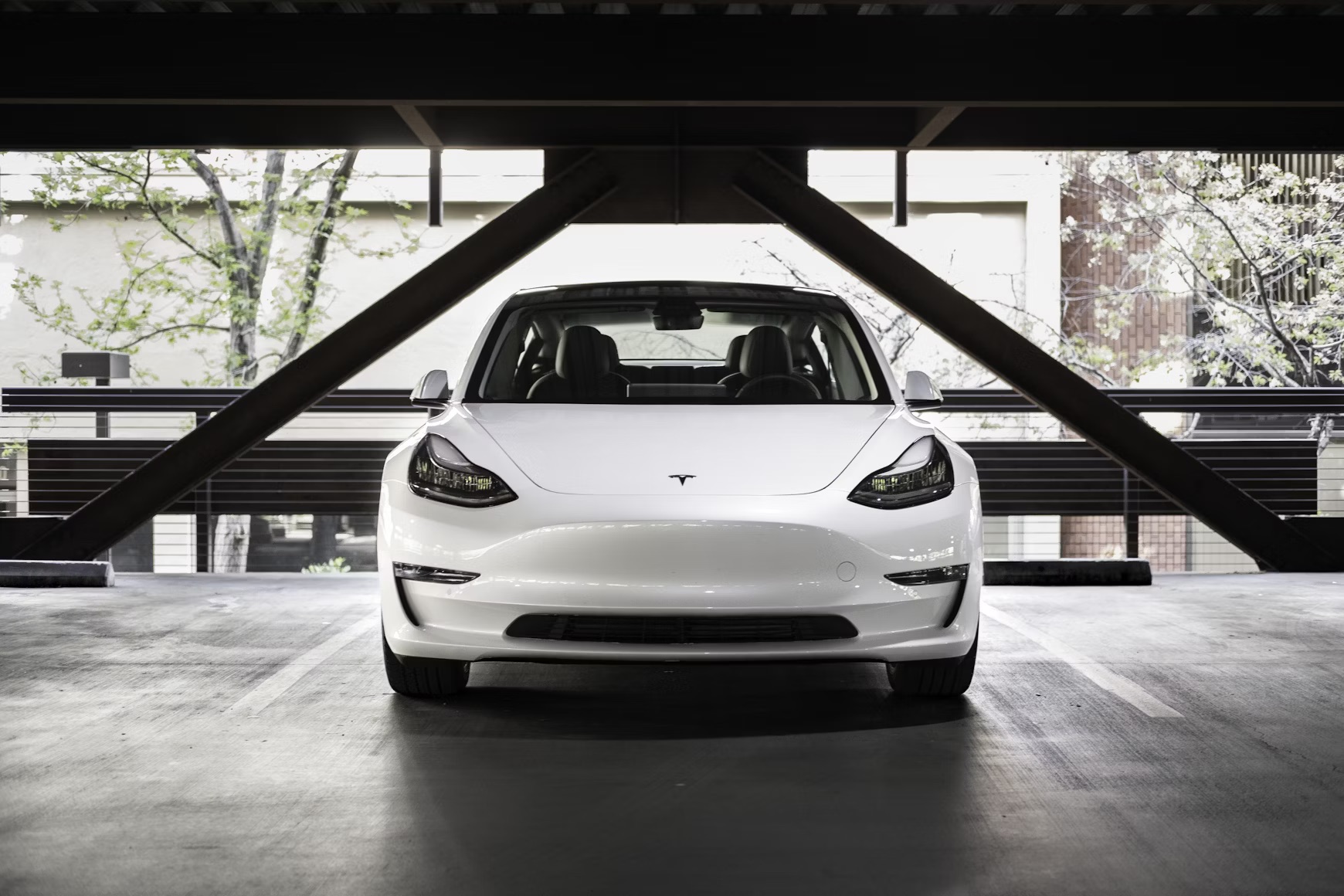
The New York City Department of Transportation confirmed that Tesla has not applied for approval to test AVs on city streets. State officials also said Tesla has yet to seek the permits needed to test automated driving systems anywhere in New York. Such permits are mandatory, even if a human driver is behind the wheel, and require a trained safety driver to be ready to take control at all times.
Tesla’s AV hiring drive extends beyond New York, with listings for Autopilot team test drivers in cities including Dallas, Houston, Tampa, Orlando, Miami, and Palo Alto, California. The company’s job descriptions indicate that operators may travel domestically and internationally to gather data, suggesting ongoing development of its robotaxi and Full Self-Driving (FSD) systems, marketed in the U.S. as FSD Unsupervised.
Expansion in Texas and California
Last week, Tesla secured a permit in Texas to operate a ride-hailing service under Tesla Robotaxi LLC, which does not require a human safety driver. Since June, Tesla has run a limited robotaxi service in Austin for invited users, with employees riding in the front passenger seat to intervene if necessary. CEO Elon Musk has said the Austin service could open to the public next month. In California, Tesla is promoting a limited manned service as “autonomous ride-hailing” and aims to deploy over 100 vehicles in the Bay Area, though it is not authorized to carry passengers in fully autonomous mode on public roads there.
Tesla’s autonomous driving approach has drawn federal investigations, product liability lawsuits, and recalls related to collisions involving Autopilot or FSD. The California DMV has sued Tesla for alleged false advertising, while owner manuals maintain that both systems are “hands-on” features requiring driver readiness — despite repeated public statements by Tesla and Musk claiming the cars can “drive themselves.”
Author’s Opinion
Tesla’s aggressive AV testing and marketing strategy highlights the company’s willingness to push ahead even without full regulatory clearance. While this speed-to-market approach may keep Tesla at the forefront of the robotaxi race, it also risks eroding public trust and inviting stricter oversight if safety incidents occur. Without consistent transparency and compliance, the company’s AV ambitions could face more resistance than adoption.
Featured image credit: Charlie Deets via Unsplash
For more stories like it, click the +Follow button at the top of this page to follow us.
